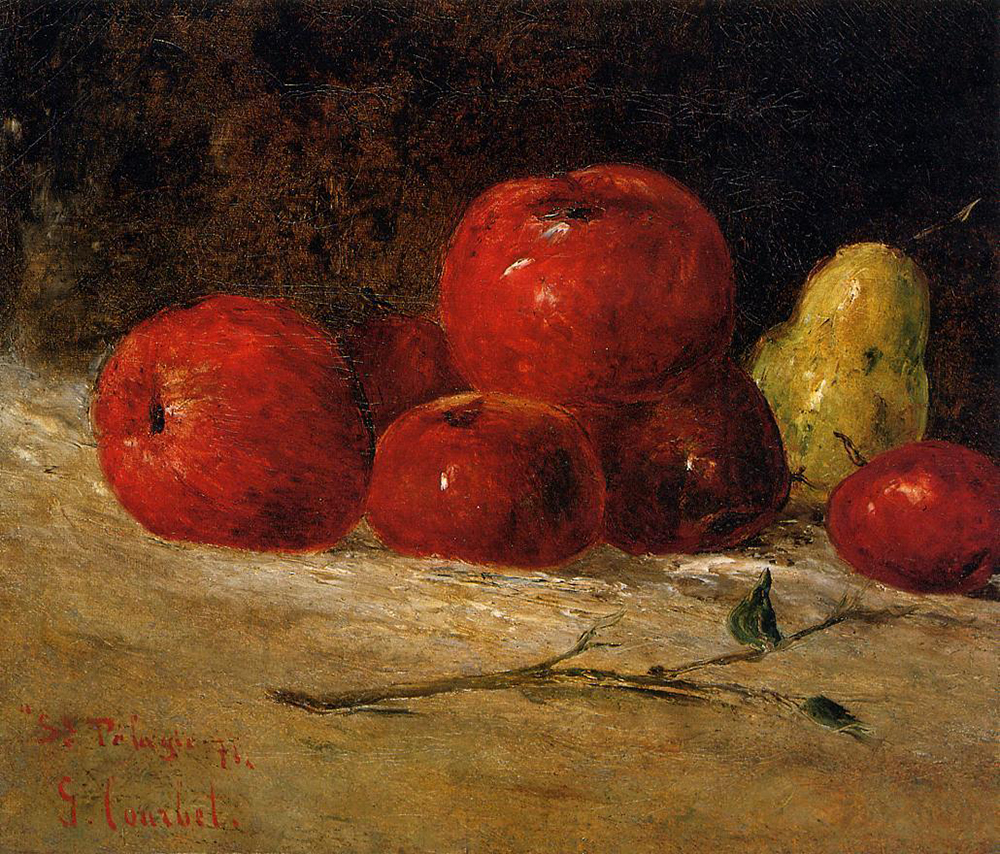Yoga Sutras
Book 1: Sadhana Pada, Verse 33
Maria Cutrona
1.33 Maitri Karuna Muditopeksanam Sukha Duhka Punyapunya Visayanam Bhavantas Citta Prasadanam.
“By cultivating attitudes of friendliness toward the happy, compassion for the unhappy, delight in the virtuous, and disregard toward the wicked, the mind stuff retains its undisturbed calmness.” — Sri Swami Satchidananda
This is a pivotal verse in Book One of Master Patanjali’s sutras. He devotes the first verses to describing how the mind tricks us into a state of constant craving and aversion, like a 24/7 ping-pong between what you like and what you don’t like. In fact, we define ourselves by what we like and what we don’t like. Master Patanjali suggests this is our great mistake, that we are missing something finer, deeper, more pure. We are beyond our likes and dislikes, but it is extremely hard to change this habit of mind.
Swami Satchidananda suggests that if you are to learn one verse, verse 1.33 is the one to know. We understand restlessness, we understand dislike. What we don’t realize is if we give into these states we just experience more unease in the mind.
In verse I.33, Patanjali provides us with the four antidotes to feelings of judgement toward others. They are maîtri (love), karuna (compassion), mudita (joy), and upeksanam (equanimity). In Buddhism, these attitudes as The Four Immeasurables or Four Infinite Thoughts. They are referred to as infinite because ultimately the wish for our own happiness has to include the wish for everyone’s happiness.
Master Patanjali then presents the four ways in which the mind gets stuck in judgement. Known as the Four Locks, they are sukha (happy), dukha (unhappy), punya (virtuous), and apunya (wicked).
If we are to have a clear and undisturbed mind, we must apply these four “keys” to the four “locks.” It is a practice, a daily checking in with how you are feeling and a practice of shifting that feeling if necessary. We shouldn’t be thrown off balance by how we feel. Instead, check in with how the mind feels when you center your mind on “infinite love,” “infinite compassion,” “infinite joy,” or “infinite equanimity.” There is a opening, an expansiveness. You step out of the reactive mind and drop into a calm, expansive mind.
We are in challenging times. Can we go through the ups and downs of life with more peace? A yogi uses the template of life to constantly apply these practices. When one notices agitation, take pause. Allow the sense of the immeasurableness of love, compassion, joy, or equanimity to enter into your feeling body.
The focus in chapter two is meditation, or steadiness of mind. In order to have steadiness of mind we need to enhance lucidity. In order to cultivate lucidity we have to interrupt the habits of mislabeling our reality and experience. Change the habit and steady the mind. Practice ensures that at all times, no matter the circumstances, we have the four keys in our pocket.





